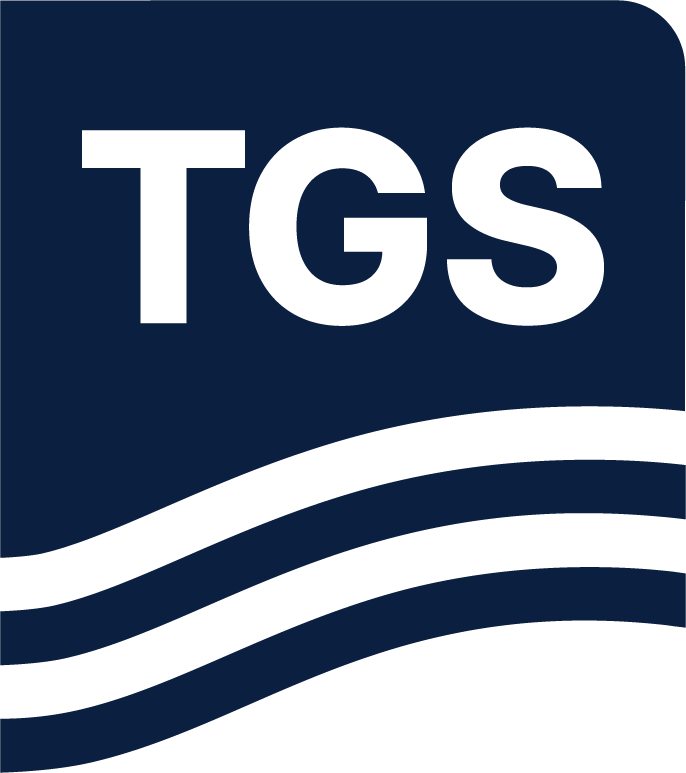TGS Multi-Parameter FWI for Reliable Earth Properties
TGS Multi-Parameter FWI simultaneously delivers direct estimates of subsurface velocity, reflectivity and their derivatives relative impedance and relative density.

The Location
Location
Orphan Basin, Newfoundland and Labrador
Survey
Blomidon
Survey Year
2020
Survey Type
3D GeoStreamer
Configuration
16 streamers x 100 m x 8 km
Survey Size
3 526 sq. km
TGS has been acquiring modern 3D GeoStreamer data offshore Newfoundland and Labrador since 2015. The availability of such data has been a critical component in the success of the Call for Bids, from 2015 to present date. Access to 3D data provides confidence when bidding on prize blocks and the use of high-end technology shortens the time to first drill and potentially first oil. TGS holds the most comprehensive collection of subsurface data, including extensive 2D and 3D coverage in Eastern Canada. High-end imaging technology, like TGS Multi-Parameter FWI, and quantitative interpretation workflows clearly demonstrate significant prospectivity in the region, and particularly in the underexplored Orphan Basin.

The Challenge
Large-scale Paleogene marine fan systems
Large-scale Paleogene marine fan systems align along the shelf margin off the northeast coast of Newfoundland. The shallow water, multiples and velocity contrasts in the upper section are the main challenges for derisking the main lead (yellow ellipse). The uplift from TGS Multi-Parameter FWI improves the understanding of such prospects within the Blomidon survey.
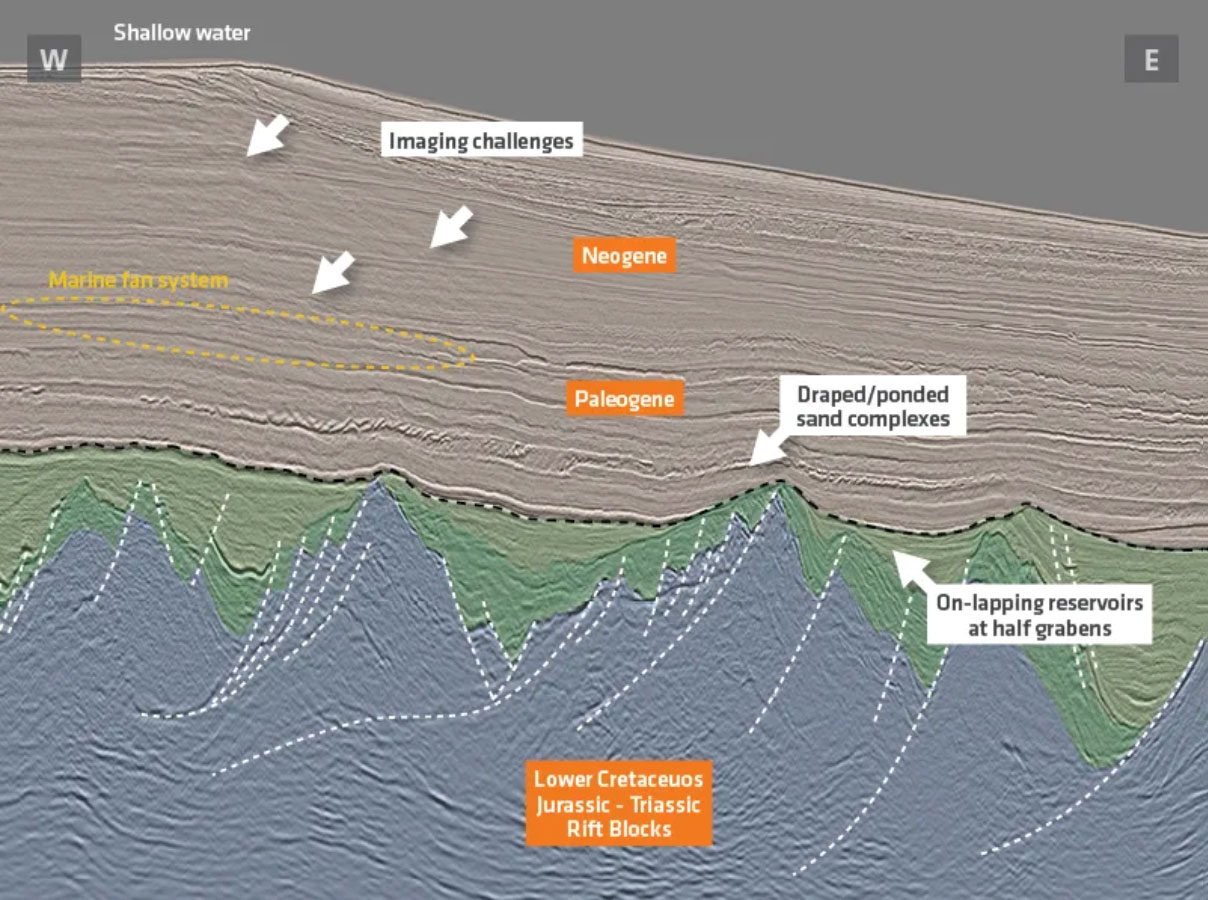

The Solution
Data
Broadband 3D GeoStreamer
Processing
AVO/AVA compliant
Model Building
Reflection tomography and TGS Multi-Parameter FWI
Imaging
Kirchhoff and TGS Multi-Parameter FWI
In a traditional sequential imaging workflow, velocity and reflectivity are inverted separately. Exploration teams must wait until the end of the data processing phase to be able to generate a density attribute from the data. TGS Multi-Parameter FWI implements Full Waveform Inversion (FWI) and Least Squares Migration (LSM) in a joint scheme and updates both velocity and reflectivity simultaneously at each iteration. It is a data-driven approach and can be run very quickly to deliver direct estimates of the subsurface velocity, reflectivity, relative impedance and relative density.
Reliable Structures, Balanced Amplitudes and Improved Reservoir Definition
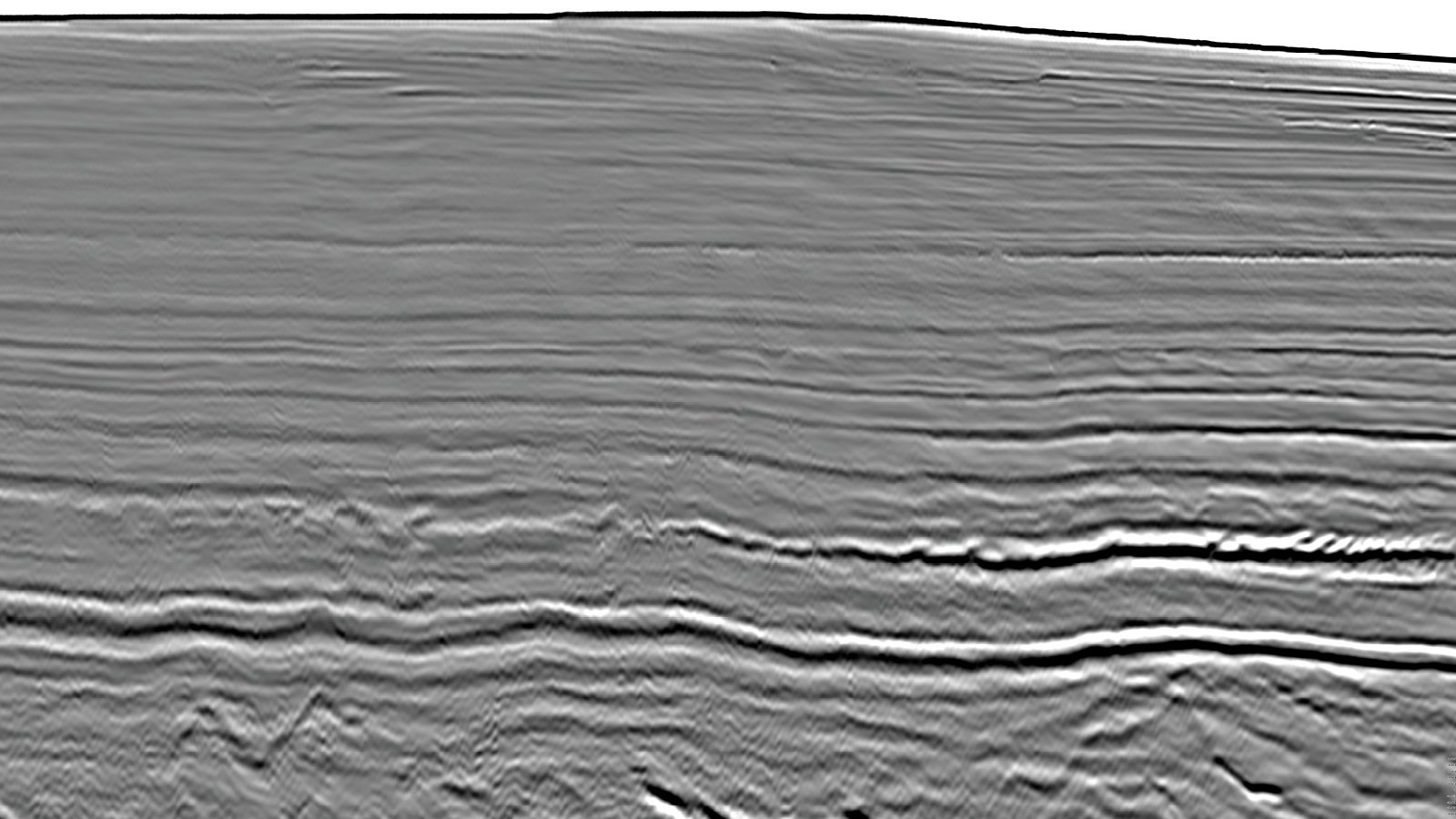
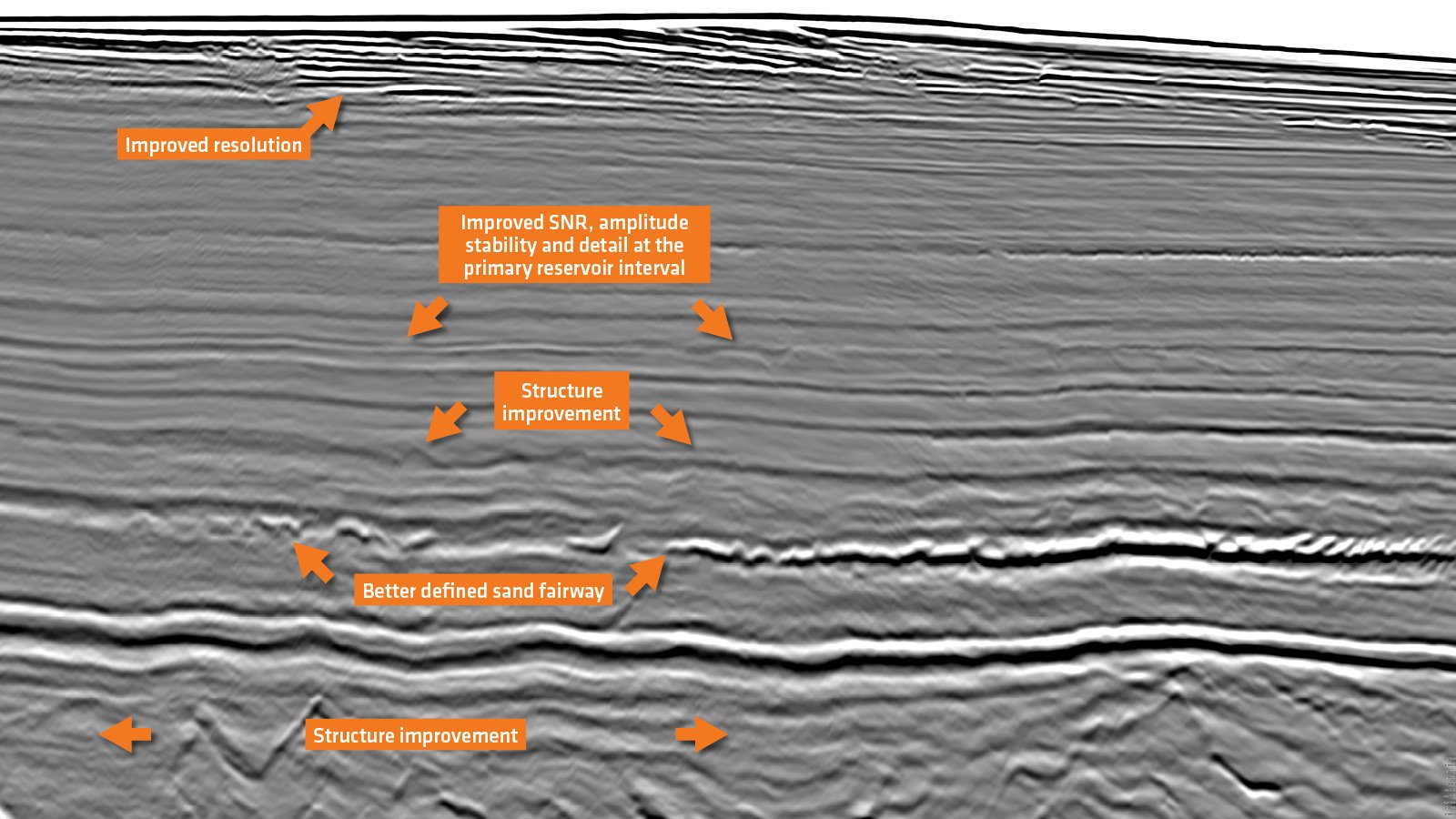
TGS Multi-Parameter FWI Delivers Better Event Continuity and Image Sharpness


Understanding Leads with a Robust Density Property
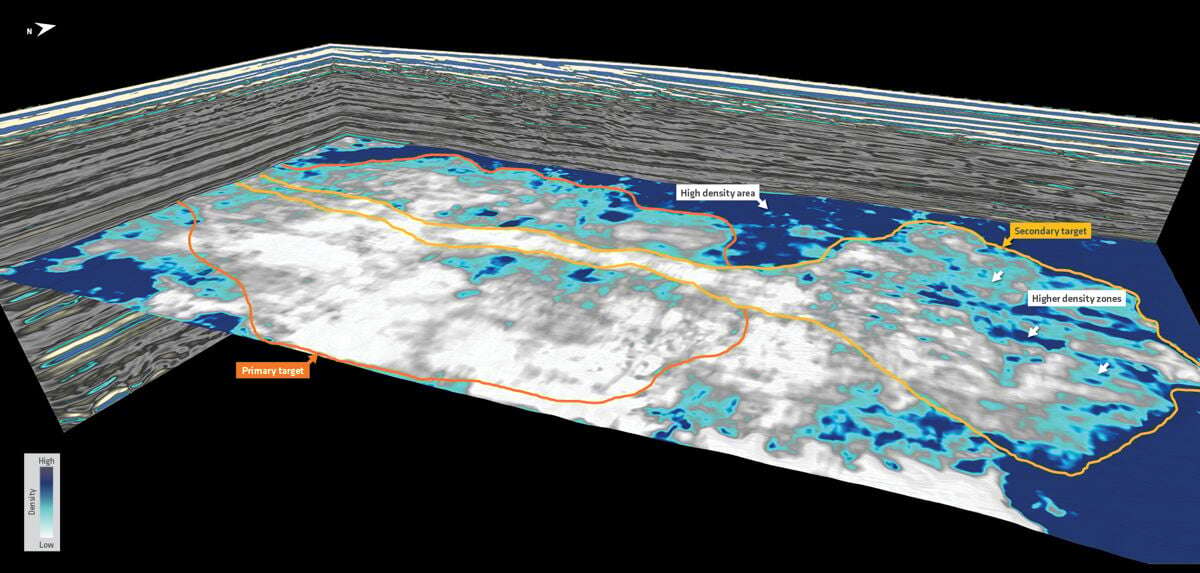
Without TGS Multi-Parameter FWI it is difficult to produce a relative density attribute. Final and fully processed angle stacks with good signal-to-noise ratio are required. The pre-stack elastic inversion methodology normally used to predict density requires significant input and assumptions from geoscientists. This adds an extra layer of bias to the final deliverables. TGS Multi-Parameter FWI provides data-driven direct estimates of the subsurface velocity, reflectivity and their derivatives relative impedance and relative density. In enables technical teams to perform prospectivity and lead assessments with confidence.
Mitigating Exploration Risks Through an Improved Reservoir Assessment with TGS Multi-Parameter FWI
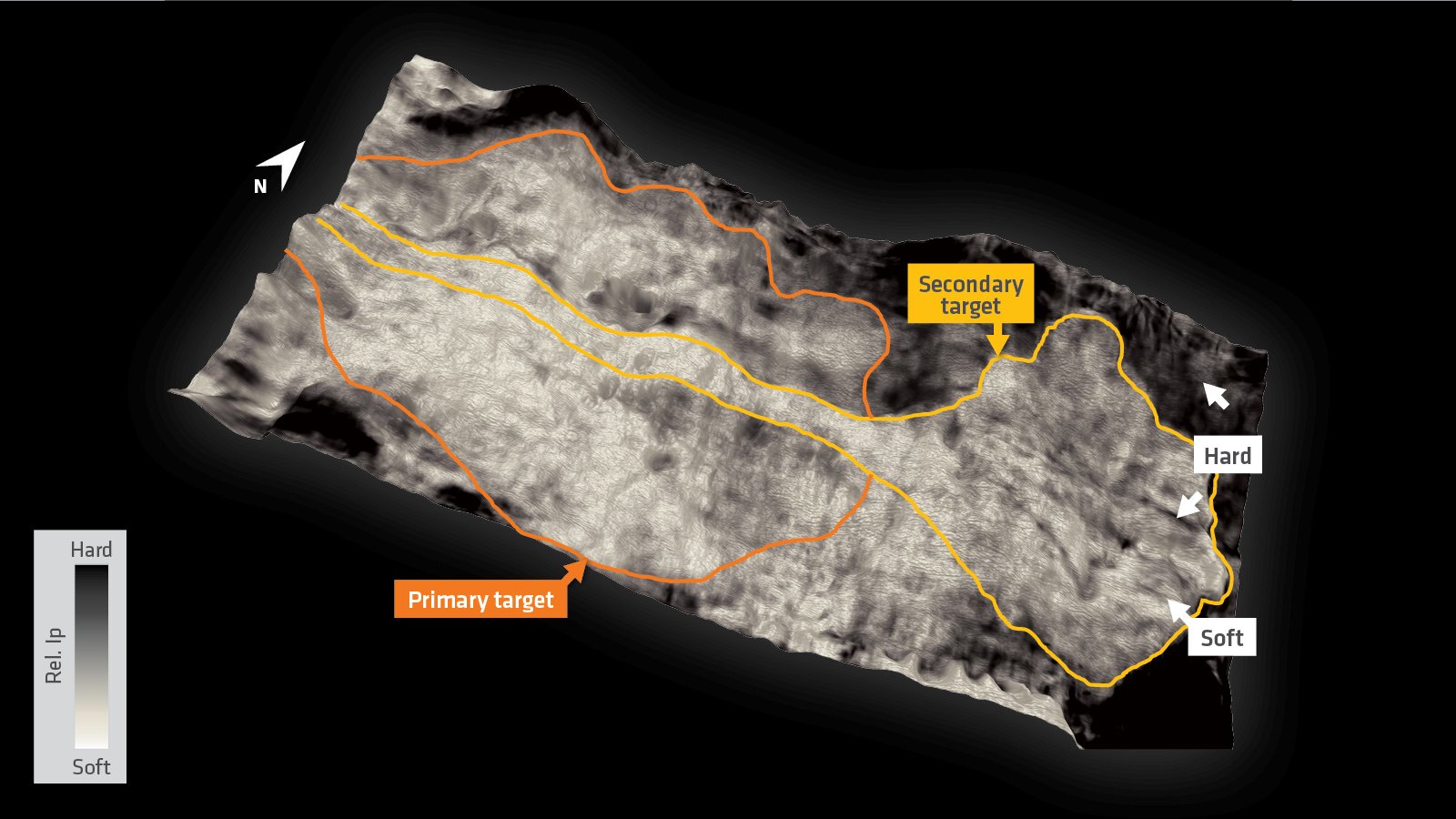
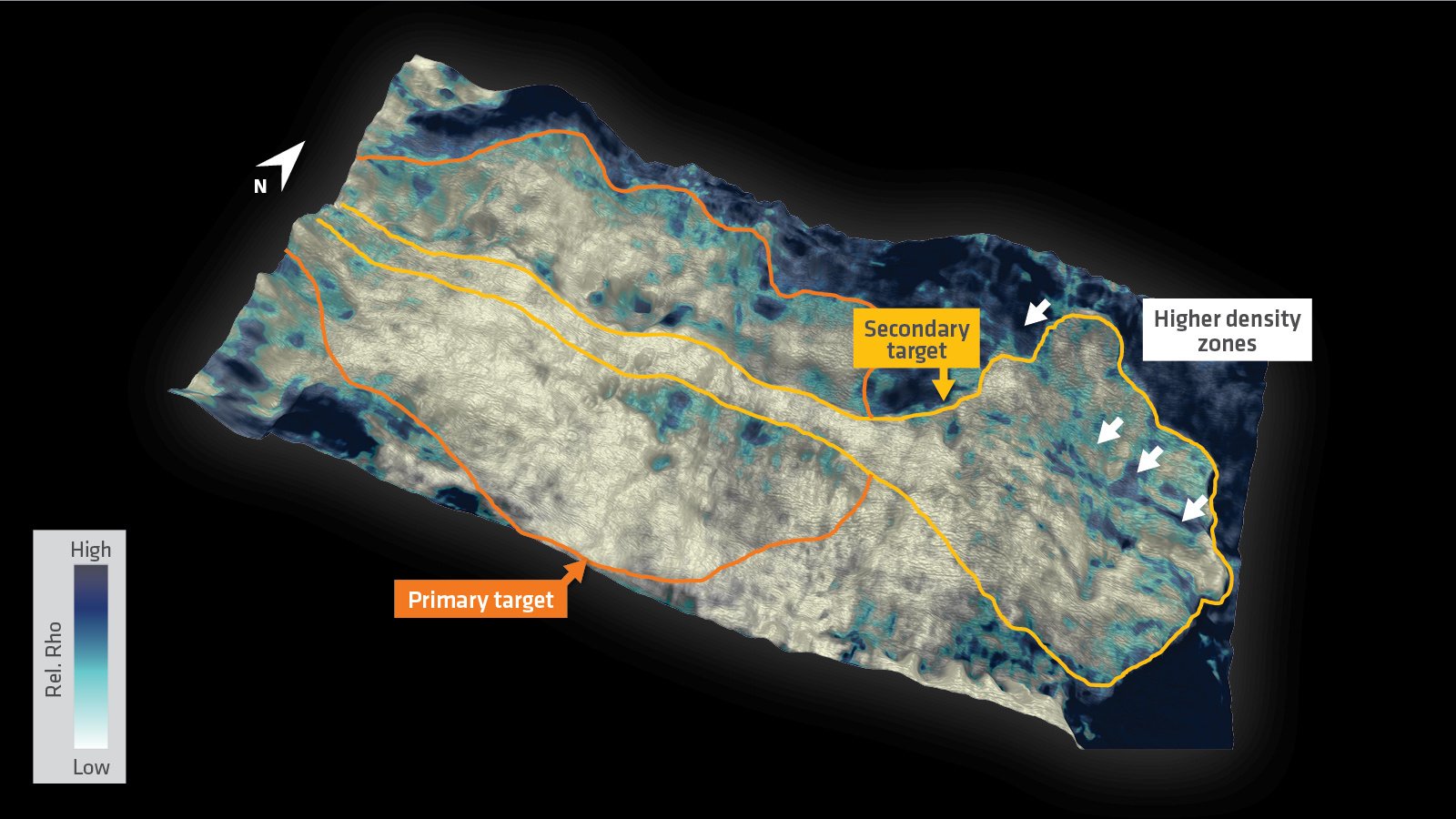
The Results
A Fast Data-driven Approach
TGS Multi-Parameter FWI is a good solution when time is critical, for example, if processing overlaps with a bid round schedule and puts exploration teams under pressure to meet deadlines. It is a fast data-driven approach that delivers direct estimates of the subsurface velocity, reflectivity, and their derivatives, e.g., relative impedance and relative density. Depending on the geological setting and the target level, it can start from minimal pre-processed input data and can be run very effectively, enabling the technical teams to perform prospectivity and risk assessments in a shorter time frame.
Speak to Our Experts
Get in touch with a TGS representative today to book your demo and learn more about how TGS solutions can support your energy needs.
